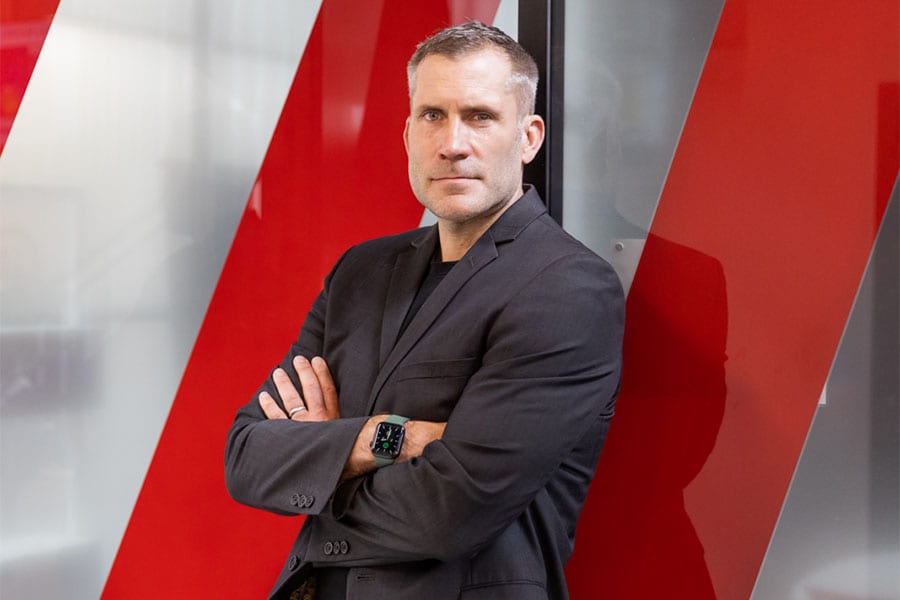
Days of clients going to agencies with a business problem are gone: what3words' CMO
In an exclusive interview with Storyboard18, Giles Rhys Jones shares details about the company's brand playbook, its 80/20 marketing innovation formula, the customer list that includes Mahindra, Tata Motors, TVS Motor Company, and more
 Giles Rhys Jones, CMO, what3words
Giles Rhys Jones, CMO, what3words
Technology company what3words has converted the entire globe into 57 trillion 3mx3m squares, allocating a simple three-word address to each one. Giles Rhys Jones, chief marketing officer of what3words, who has been associated with the company since its early days, has taken it from a quirky idea to global brand.
What3words is a proprietary geocode system designed to identify any location with a resolution of about 3 meters. The system encodes geographic coordinates into three permanently fixed dictionary words and is currently used by organisations, individuals and governments in over 170 countries. The brand’s maiden commercial for India, which is conceptualised by Famous Innovations, has been making the right kind of noise for the brand.
In an exclusive interview with Storyboard18, the former adman who has worked with agencies like Ogilvy & Mather and Saatchi & Saatchi, shares what3words’ India journey (so far), market opportunities, benefits of having an in-house agency, and more.
Q. What is what3words’ India story?







